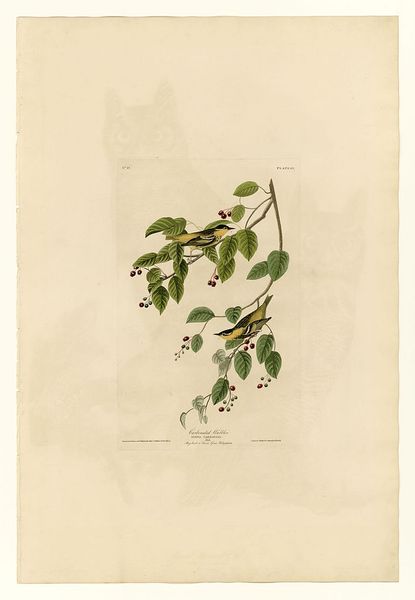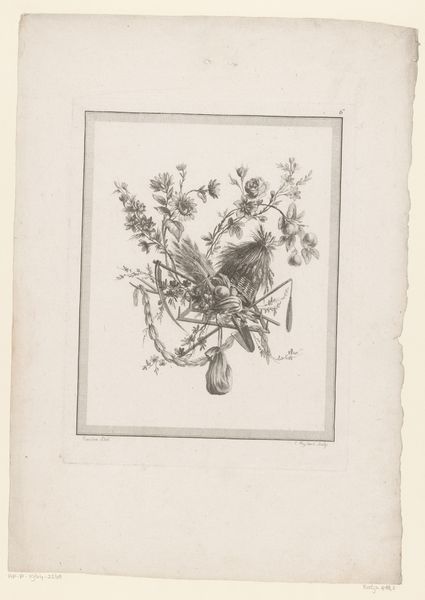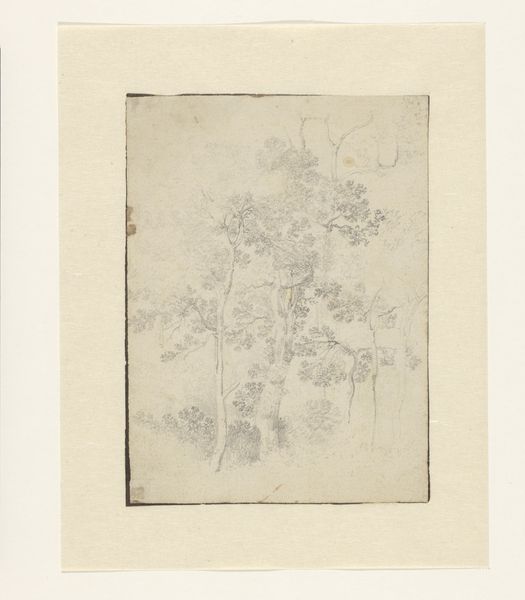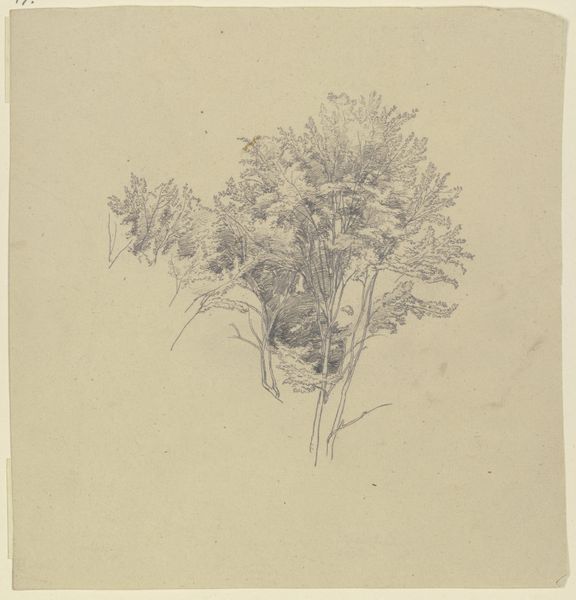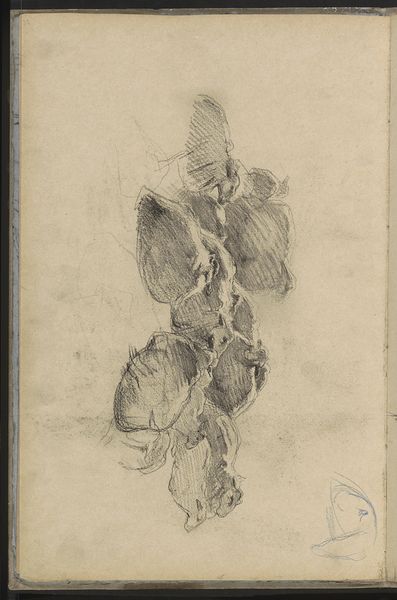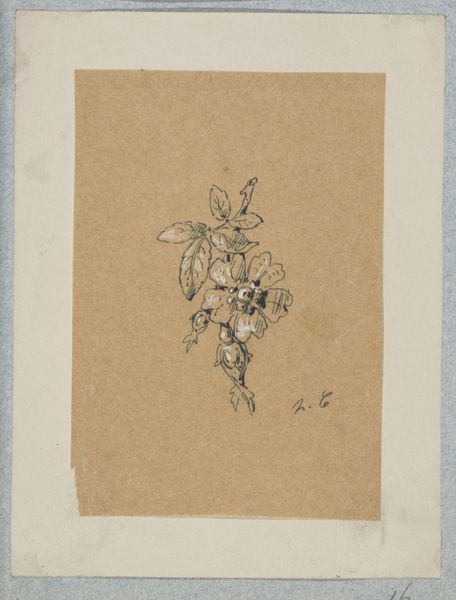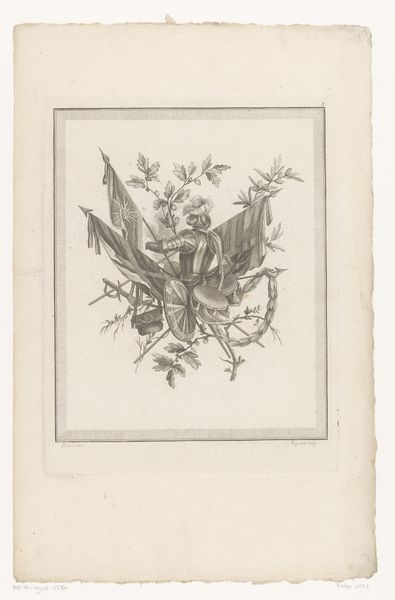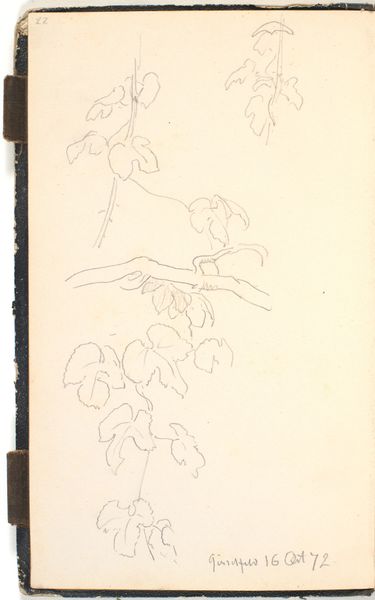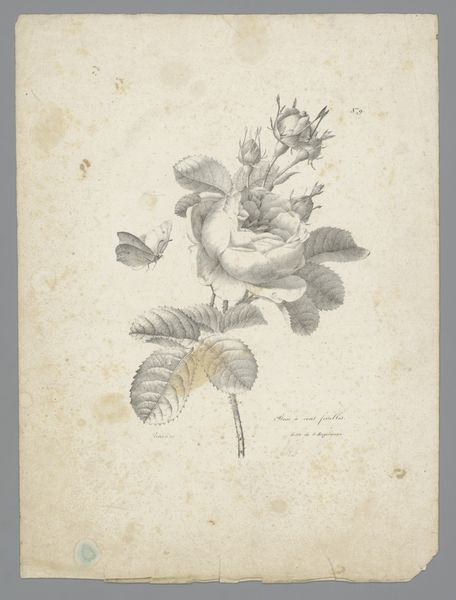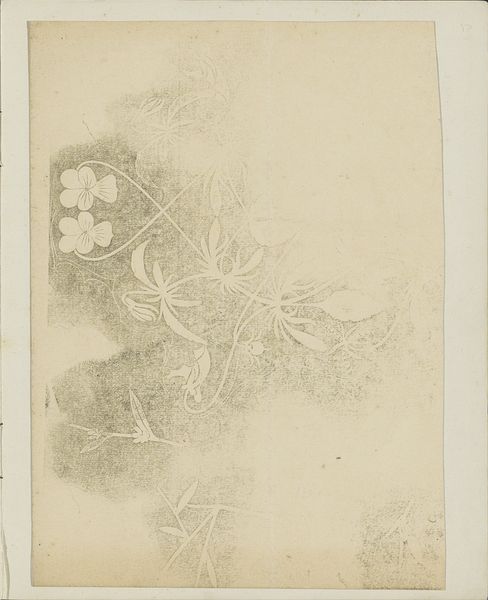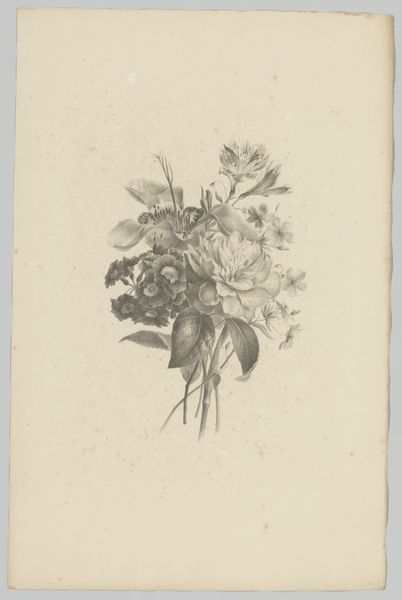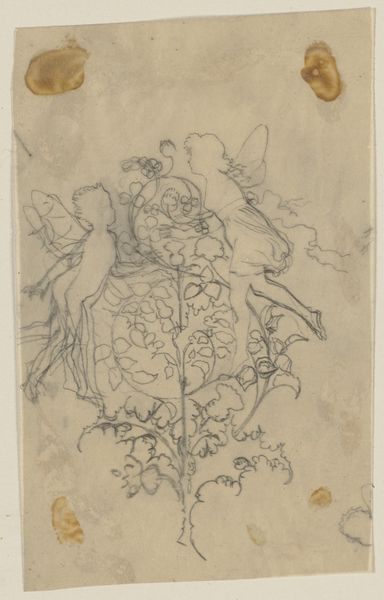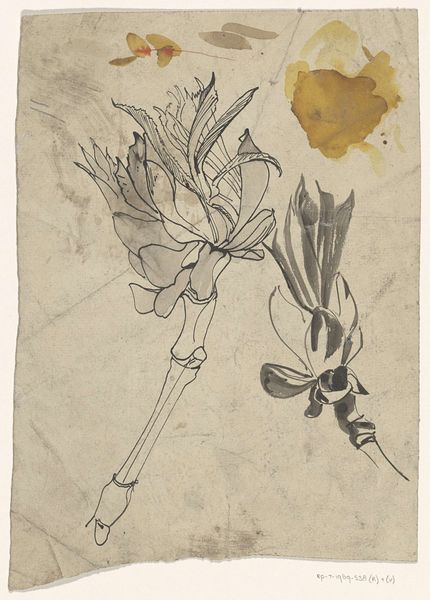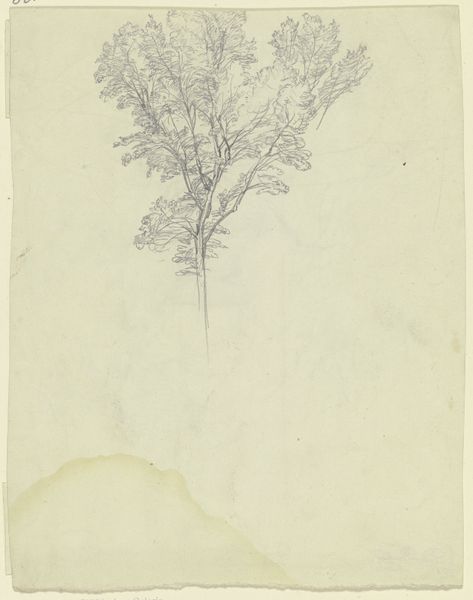
drawing, plein-air, watercolor
#
drawing
#
water colours
#
plein-air
#
landscape
#
watercolor
#
watercolor
Dimensions: height 200 mm, width 160 mm
Copyright: Rijks Museum: Open Domain
Editor: Here we have Theo Nieuwenhuis's "Eikenblad met slakken," or "Oak Leaf with Snails," created sometime between 1876 and 1951. It's a delicate watercolor drawing on paper. I’m struck by the artist’s close observation of nature. What social or cultural context do you think informed Nieuwenhuis's work? Curator: It's interesting to consider this in light of the late 19th and early 20th centuries. There was a growing disconnect between industrializing society and the natural world. Artists were turning towards close observation of nature. This interest went hand in hand with new scientific discoveries. Do you see that precision echoed in the visual composition? Editor: Yes, absolutely! The snails are rendered with a striking accuracy. It almost feels scientific, yet…vulnerable somehow, set against the white of the page. Is there an argument to be made for its placement within a larger movement or artistic circle? Curator: Considering the plein-air execution and detailed realism, it suggests a broader Arts and Crafts sensibility - emphasizing handmade craft and the value of close looking and depicting idealized visions of nature. These ideas stood in contrast to the mass-produced goods and social inequalities of the period. It can be understood as a comment of sorts. What does it mean to depict an oak leaf and snails in this specific way during that specific period? Editor: That is a thought provoking context! Thank you. I see now it’s not just a study, it’s a commentary on its time! Curator: Exactly. It opens us up to question our role, what we choose to see, and to preserve. It reveals nature as beautiful, small, and easily crushed.
Comments
No comments
Be the first to comment and join the conversation on the ultimate creative platform.
